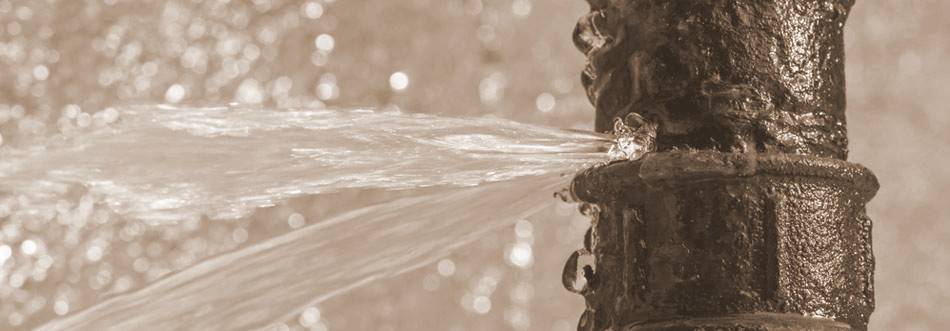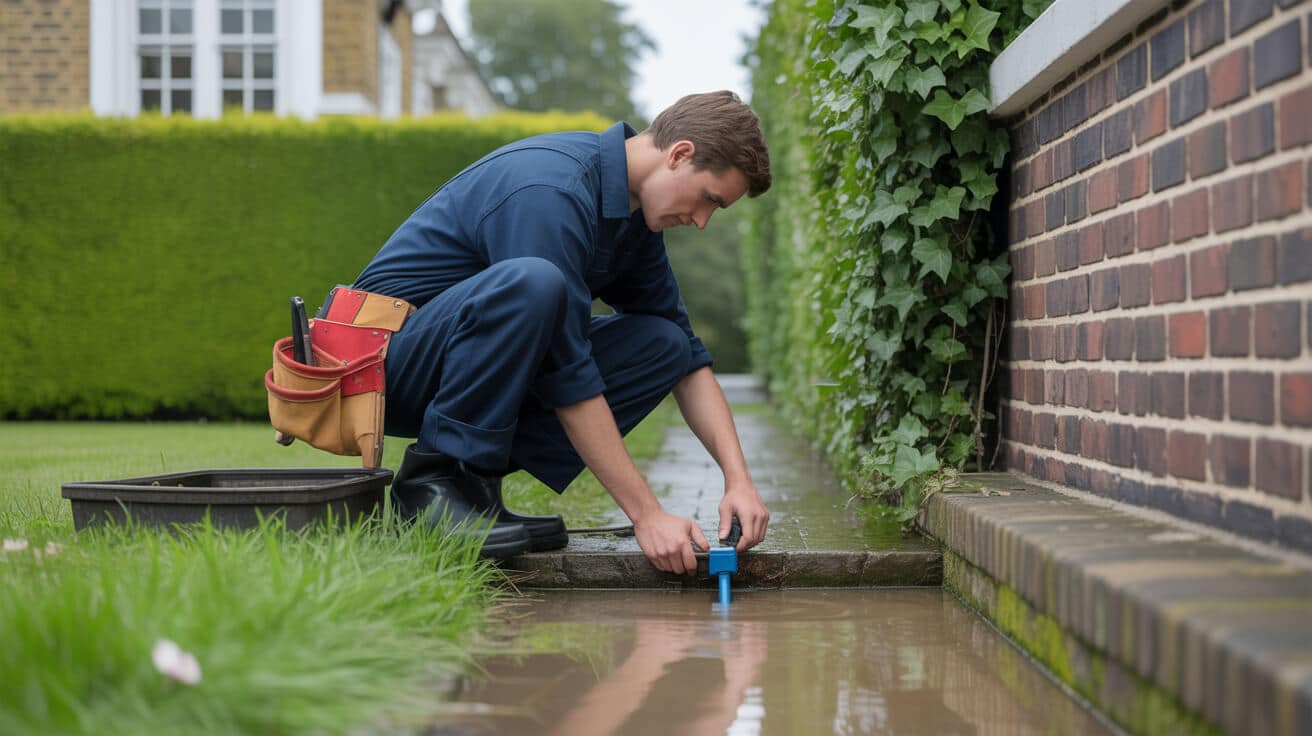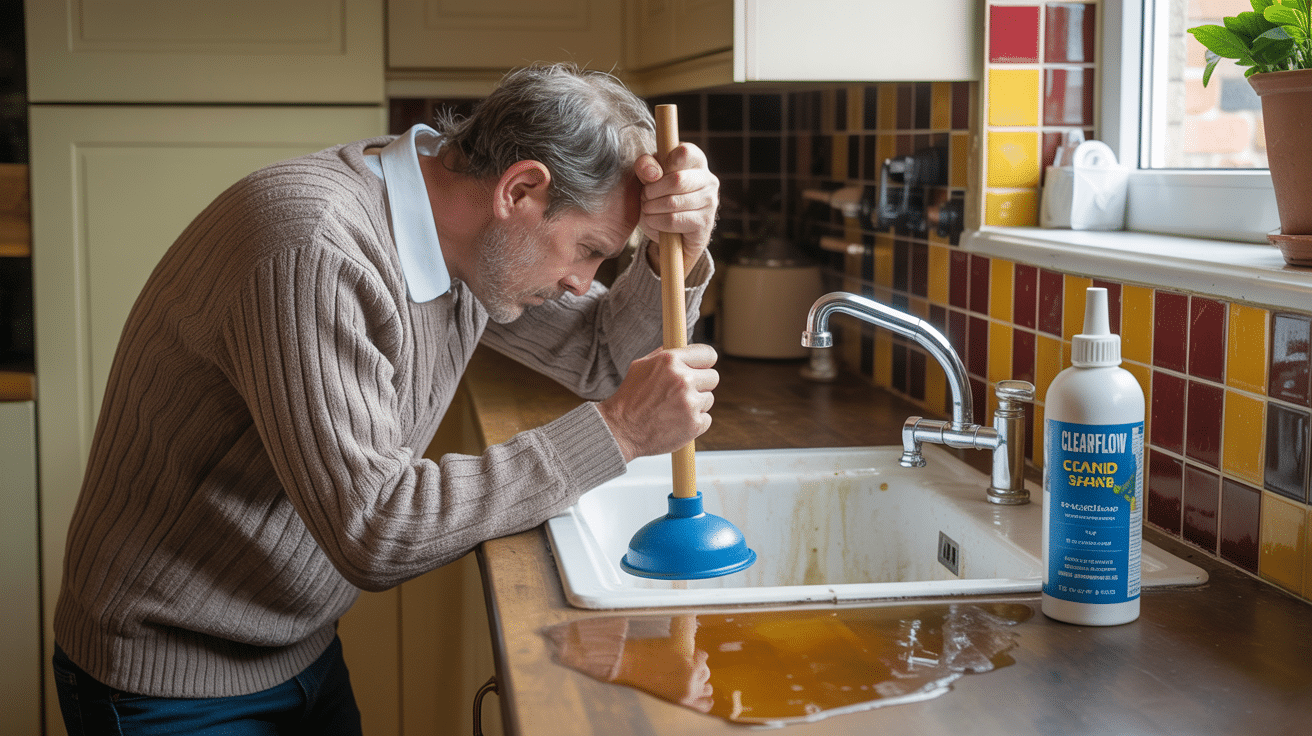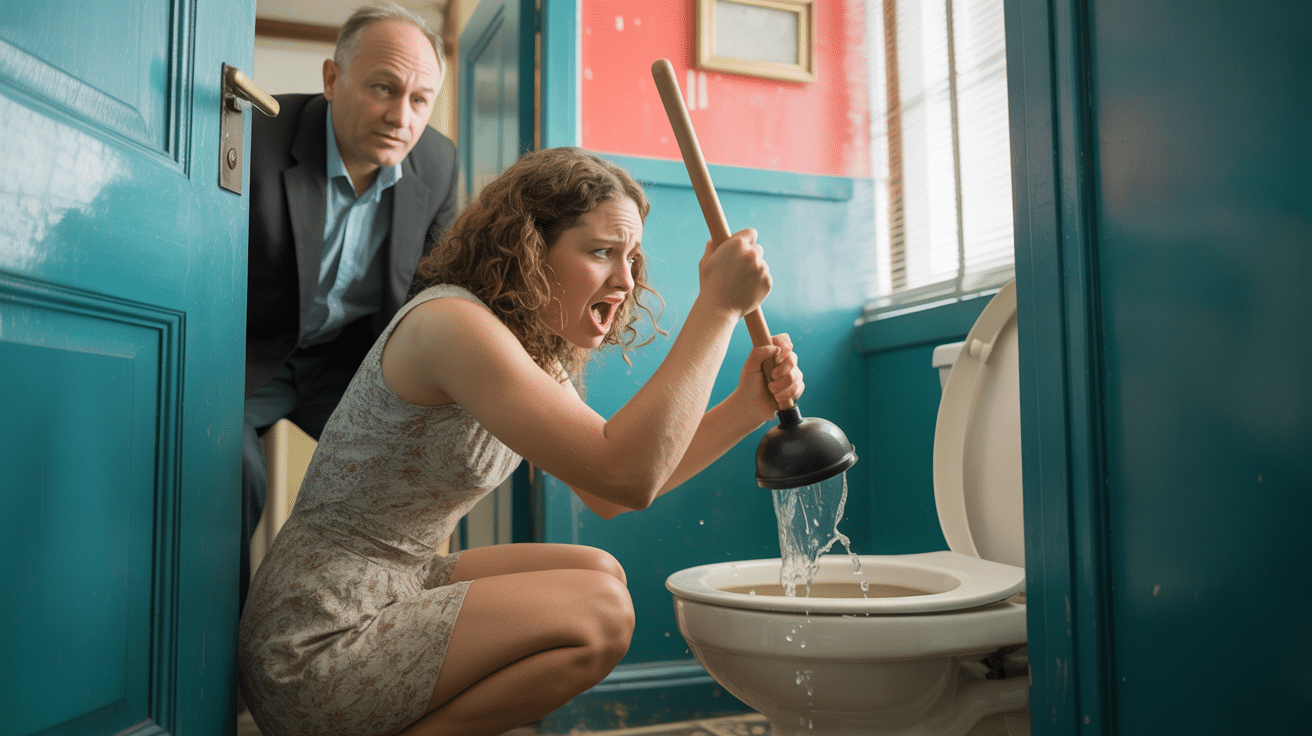 Five ways for a water leak detection at your house
Five ways for a water leak detection at your house

How to install a new toilet
If you suspect you have a leak, it’s in your best interest to catch it earlier rather than later to avoid a horribly high and unwelcome water bill. Leaks result in a significant amount of water waste in many households and are not always visible; so can go undetected for months, even years! If you think you may have one, detecting the leak yourself will save you precious pounds that you would have to pay to have the plumber do it for you. Here are a few tried and test methods:
Check the toilet
Toilets are one of the most common places to spring a leak. To check to see if your toilet is leaking, remove the tank lid and listen closely. If you hear a hissing sound, try and determine where it is coming from. If you do detect a leak and you’re unable to fix it yourself, it’s time to call the plumber for a toilet unblocker.
If you do not detect anything using this method, try adding a few drops of food colouring in the tank and leave for several minutes. If the colouring appears in the bowl then you have a leak in the flapper at the bottom of the tank which is allowing water to drip through. If you are unable to carry out this repair yourself, then give your local plumber a call.
Water meter check
You can use your water meter as a tool to help with water leak detection. First, you need to make sure all the water is turned off both inside and outside the home, i.e. dishwasher, washing machines etc. Make a record of the reading the water meter gives you then wait 15 minutes. In order to get an accurate result, you must ensure that no one uses the water during this time. If after 15 minutes the meter has moved a significant amount, this indicates you have a leak. This method is less accurate for detecting smaller leaks since water filters and house humidifiers could be held accountable.
Leaking tap
A leaking tap is probably one of the most common types of household leaks and the easiest to detect. Usually, it is straight forward and easy to repair. The repair method depends on what type of tap you have whether it is a compression valve, ball or cartridge type or a ceramic disc. If you are DIY minded you should be able to do a simple repair on a leaking tap without too many problems.
Wet patches on the wall
It’s worth inspecting your walls and ceilings for water leak detection and to get some idea where the leak is coming from. Stains on the walls and ceilings in rooms located beneath the bathroom for example or bubbling or peeling paint are all indications that the leak could be somewhere in those pipes. Cracked or warped flooring around your appliances such as dish washers, washing machines, fridge/freezers etc are also indications of where the leak might be found and can help you point the plumber in the right direction.
Other leaks
Other places to inspect are your shower head which commonly leaks and are usually a quick fix if this is the case. Also under the sink is prone to leaks, due to items being stored there knocking the pipework. Boilers are also particularly troublesome when it comes to leaks as well as radiators. Often radiators are prone to leaking after being out of action for some time so pay close attention when you first turn it on at the beginning of wintertime.
If you still have a question or you need professional help, please contact Plumbers 4 U – the best Plumbers in London.
Telephone:
020 3582 0420
Email:
info@plumbers-4u.co.uk



